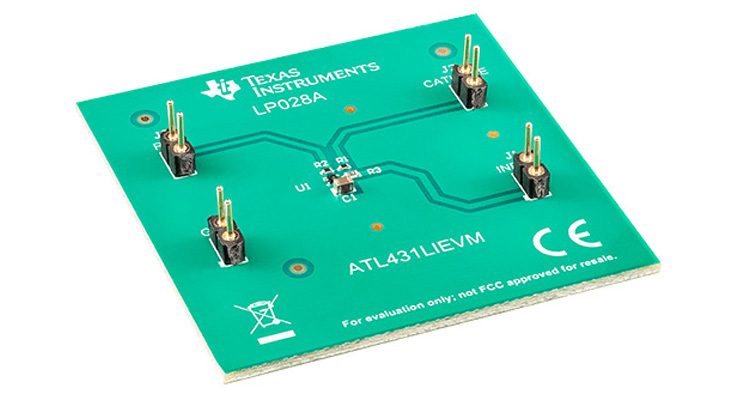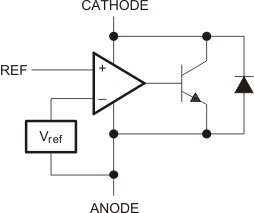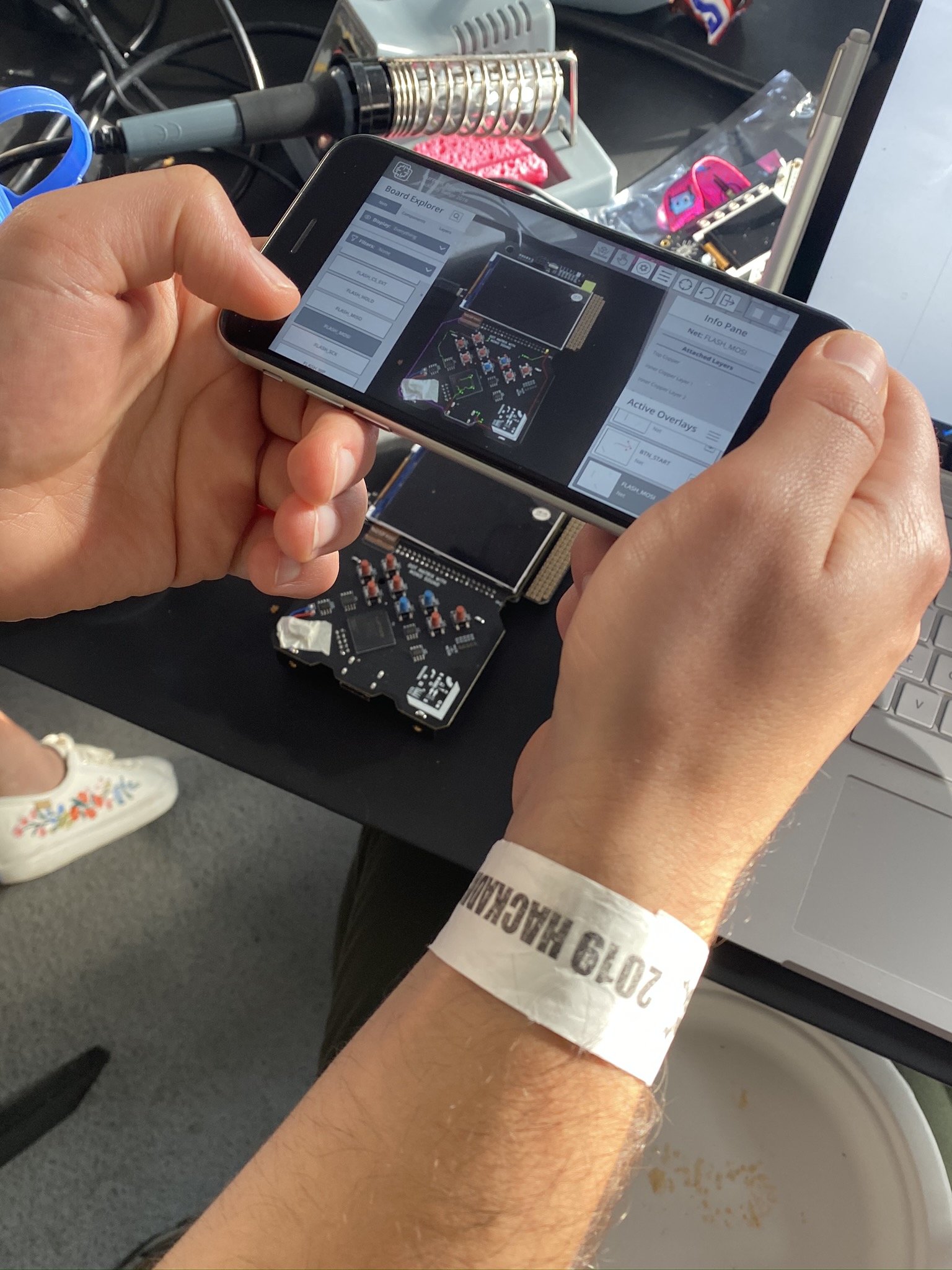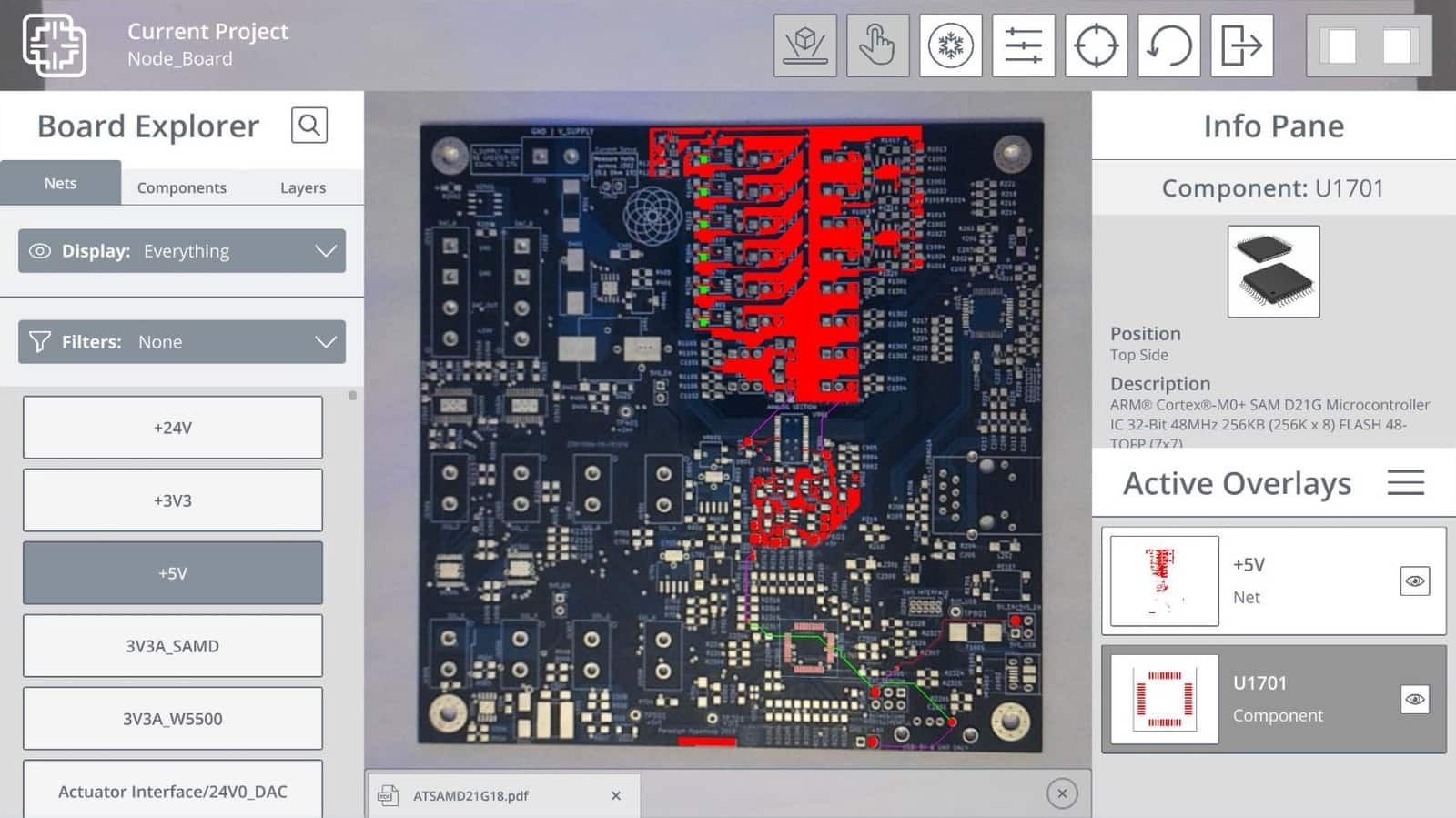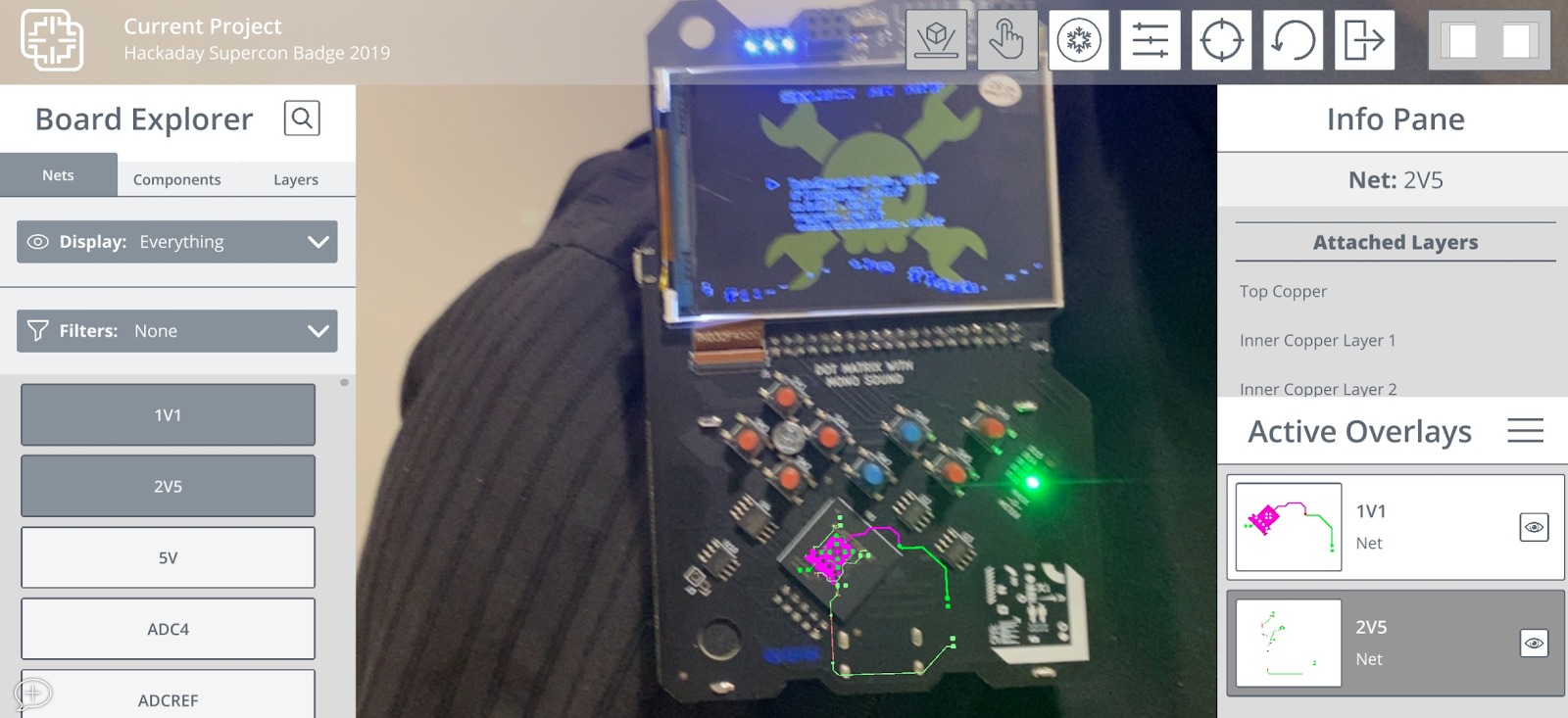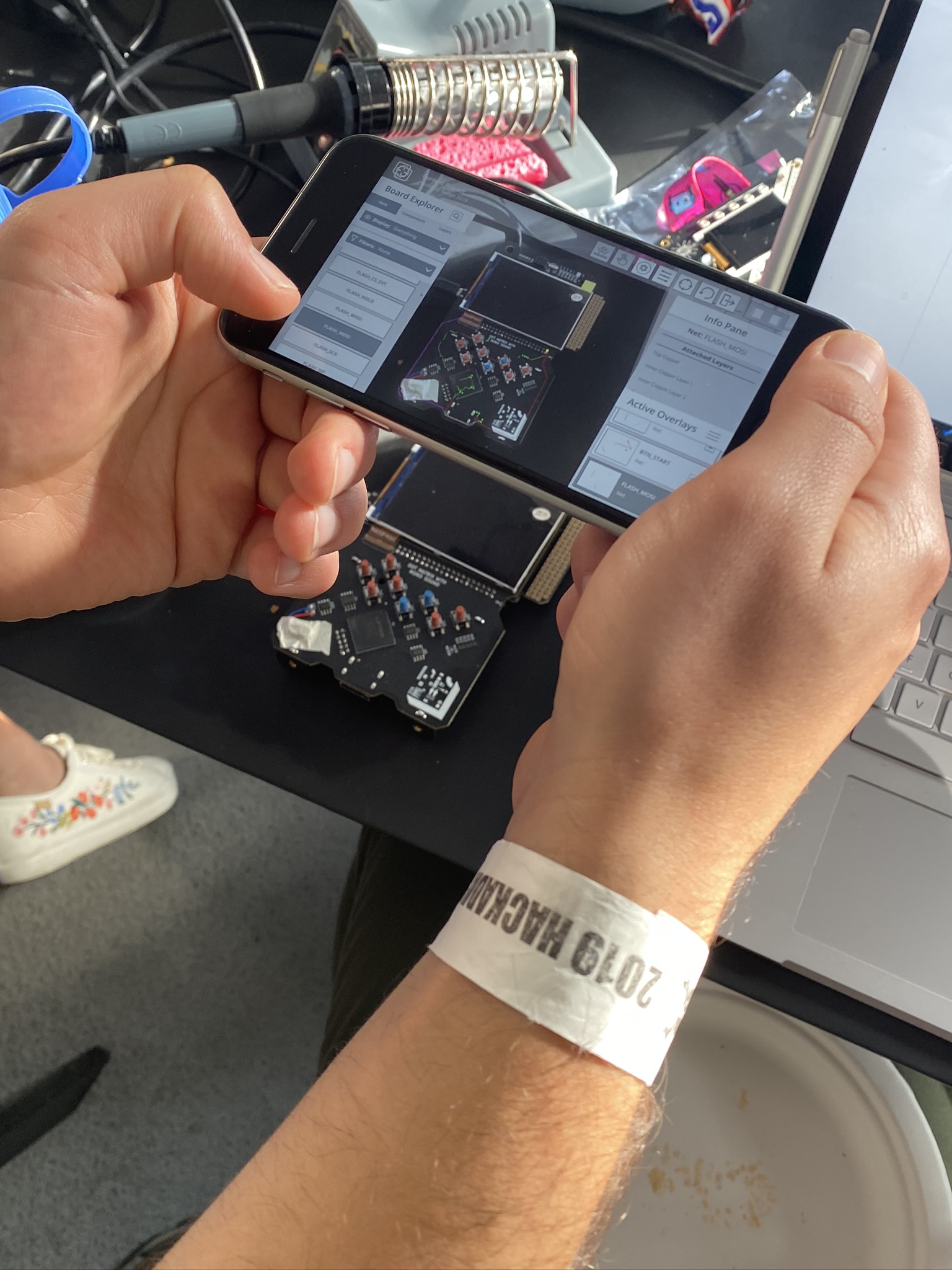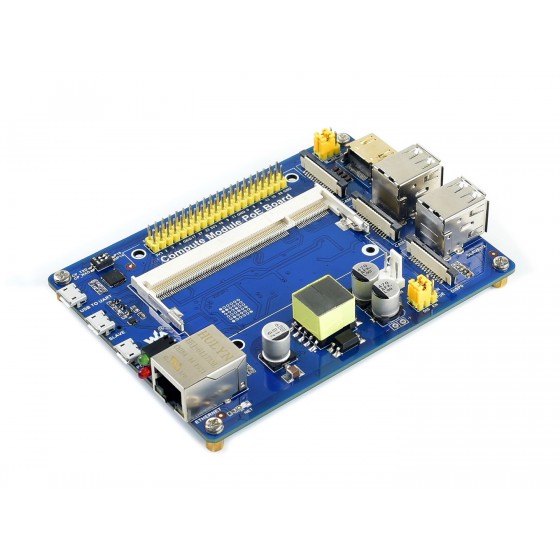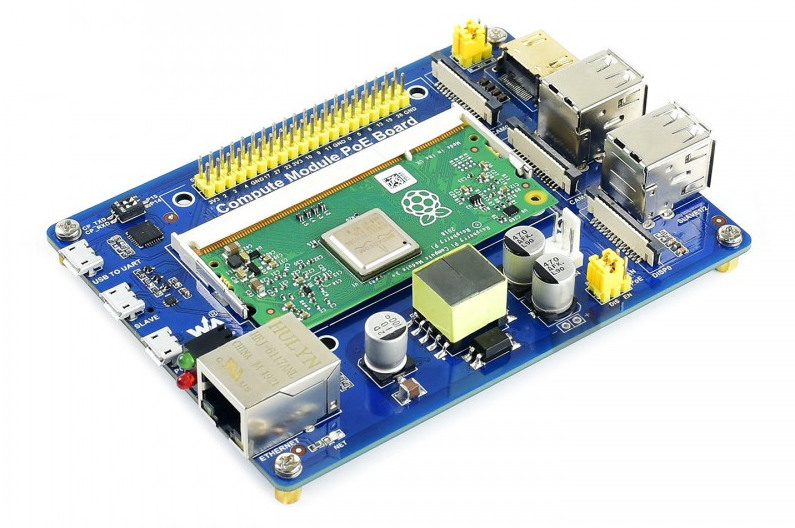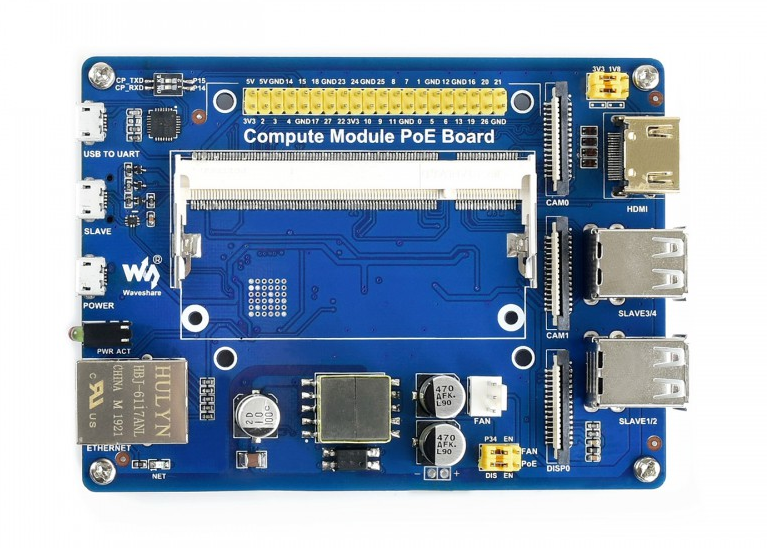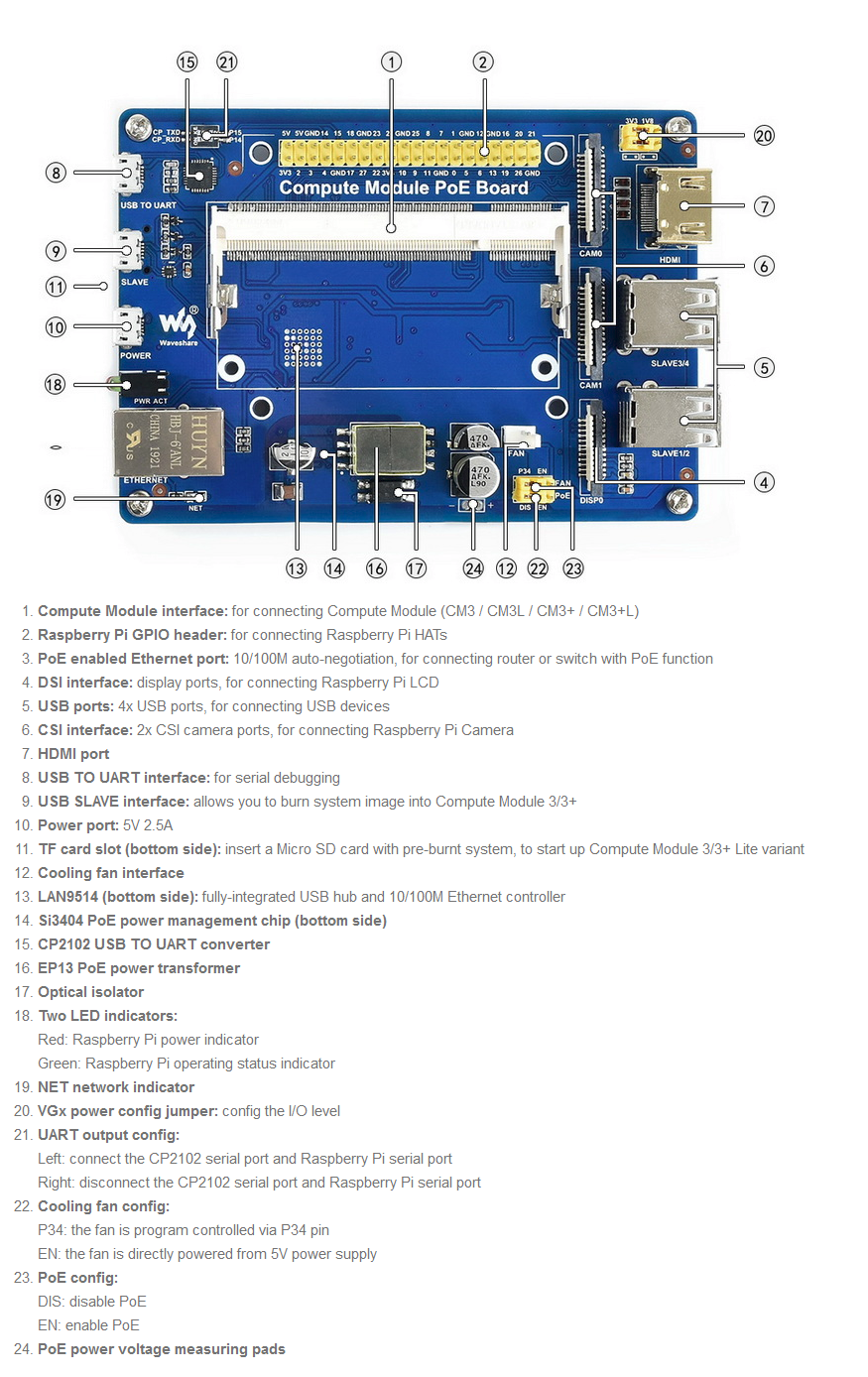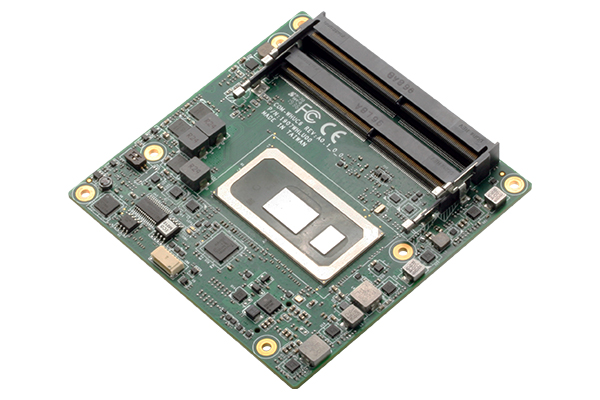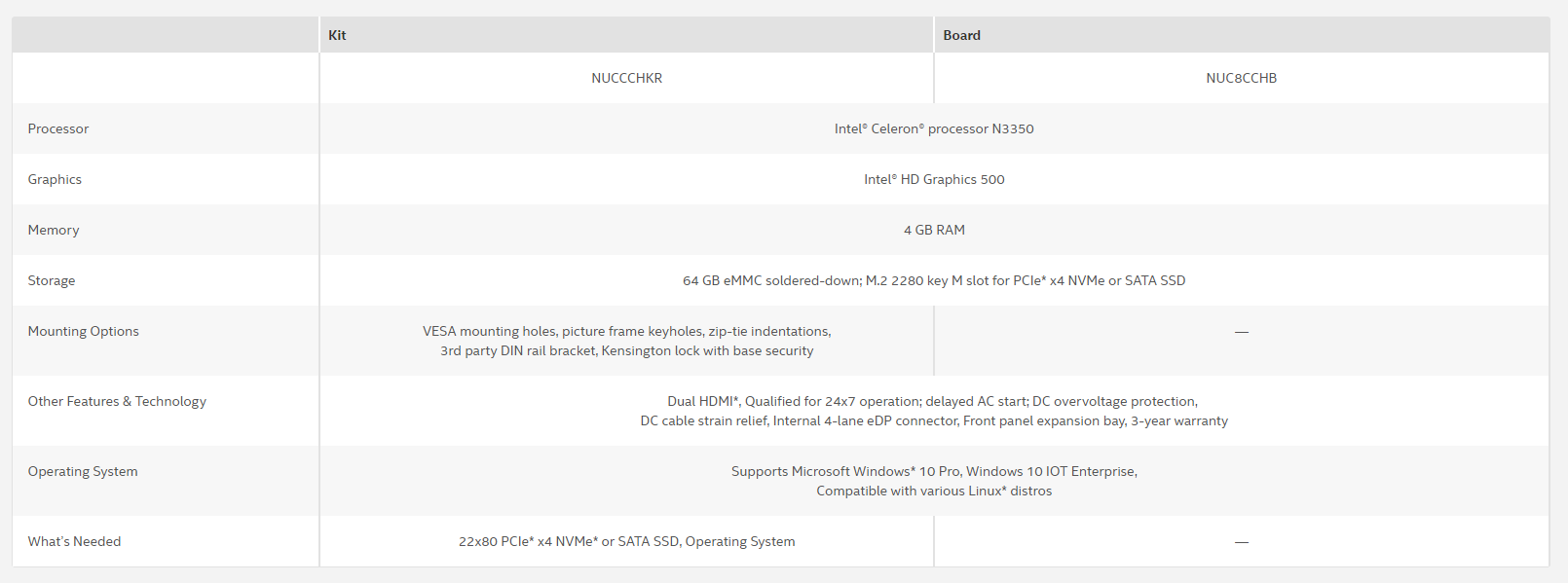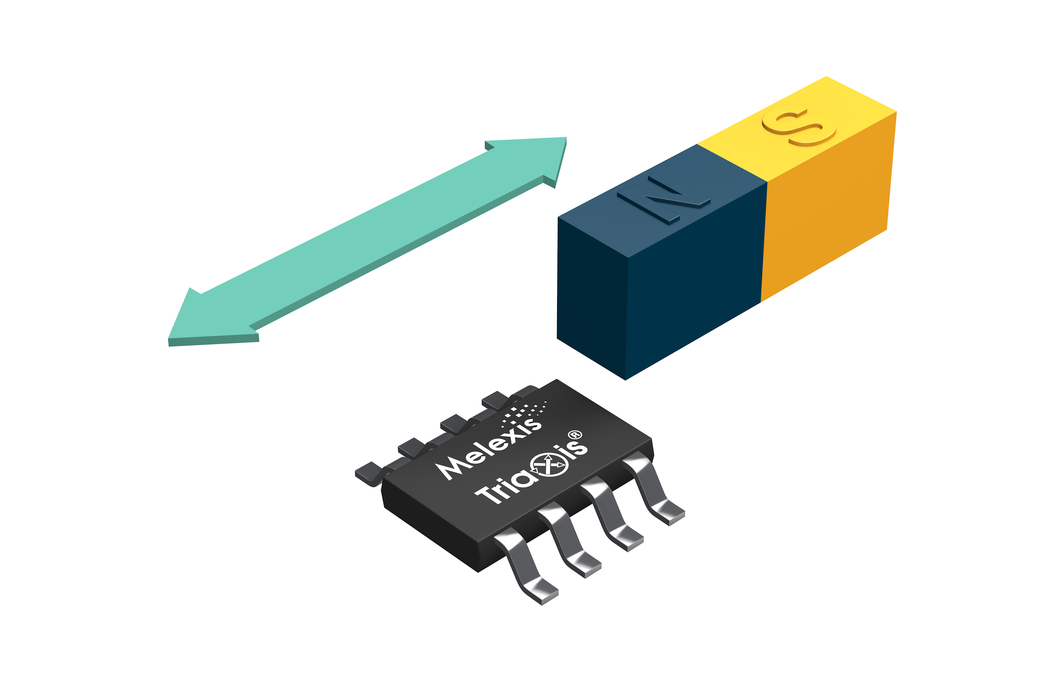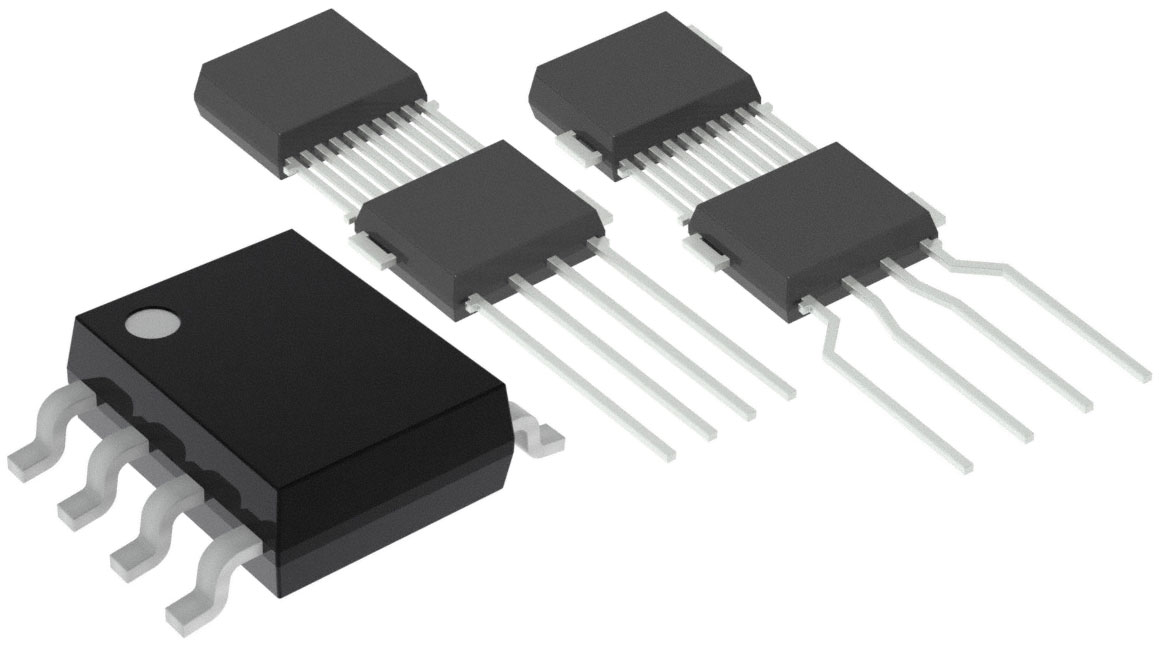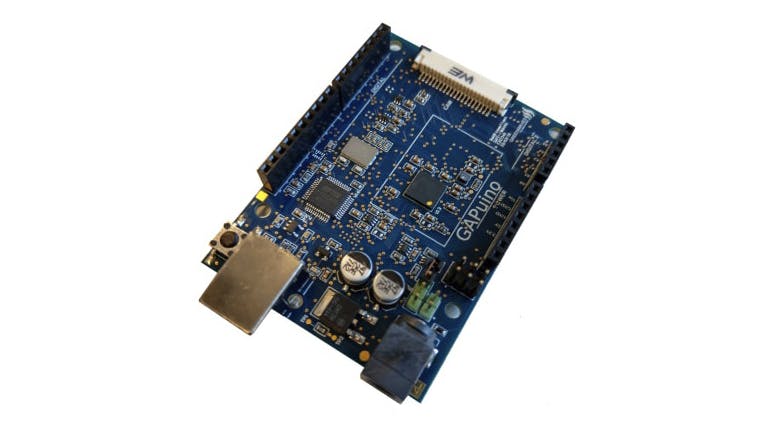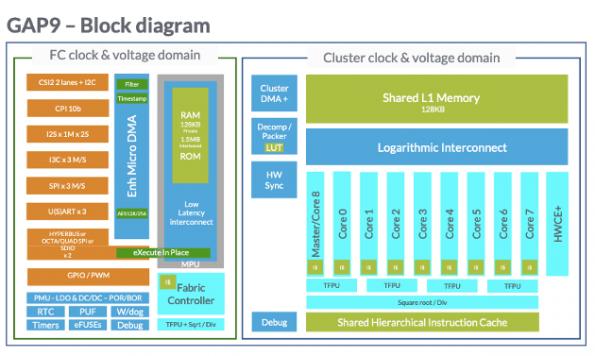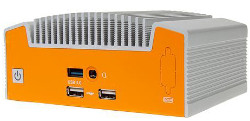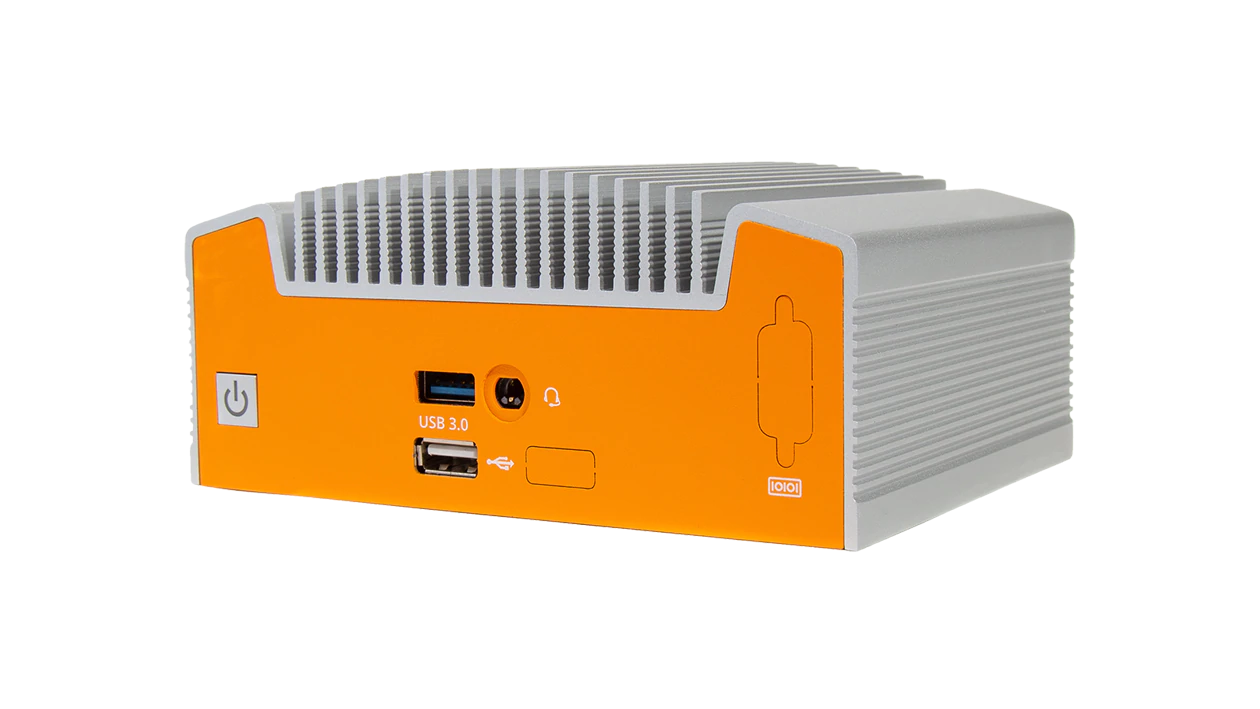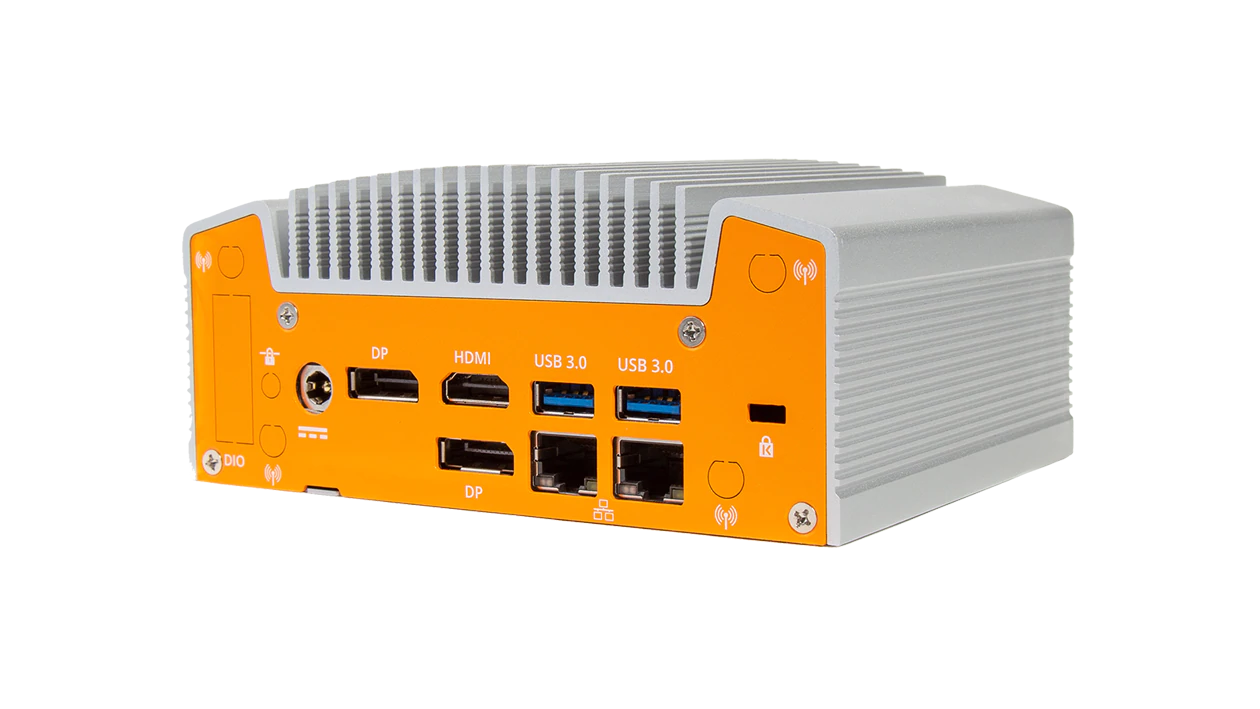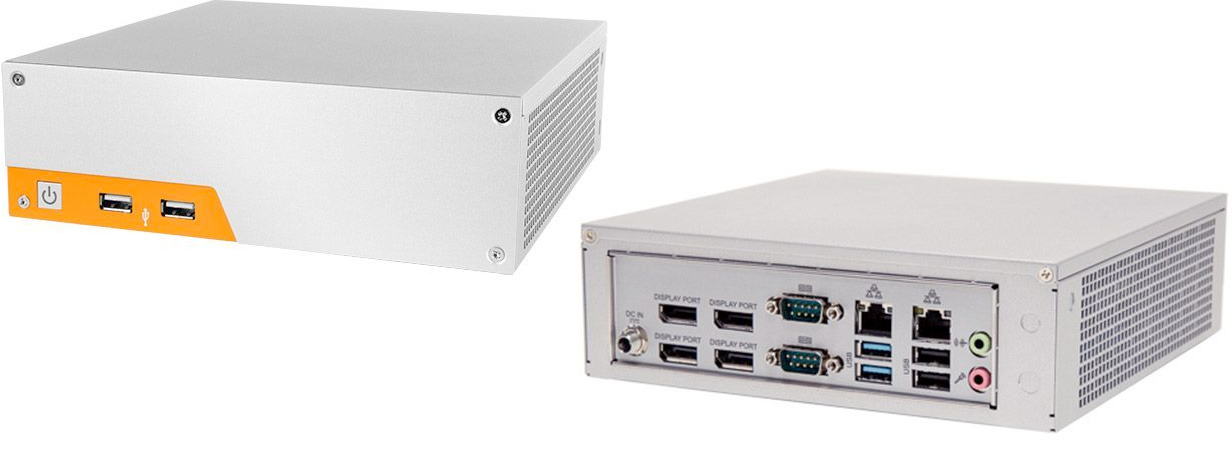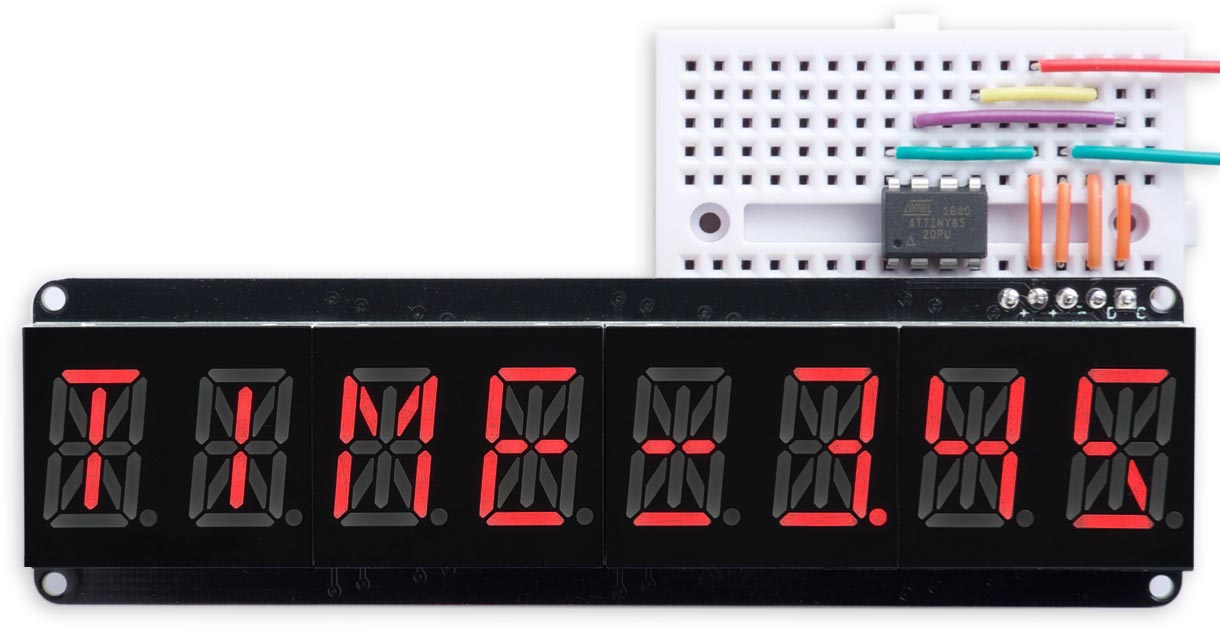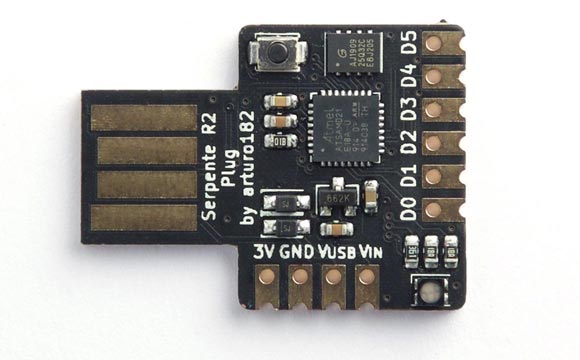Texas Instruments’ regulator features active output circuitry making it an excellent Zener diode replacement in many applications.
Texas Instruments’ ATL431LI device is a three-terminal adjustable shunt regulator with specified thermal stability over applicable automotive, commercial, and military temperature ranges. The output voltage can be set to any value between VREF (approximately 2.5 V) and 36 V, with two external resistors. This regulator has a typical output impedance of 0.3 Ω. Active output circuitry provides an ultra-sharp turn-on characteristic, making these devices excellent replacements for Zener diodes in many applications such as onboard regulation, adjustable power supplies, and switching power supplies. This device is a pin-to-pin alternative to the TL431LI and TL432LI, with a lower minimum operating current to help reduce system power consumption. The ATL432LI and the ATL431LI have the same functionality and electrical specifications, except the ATL432LI has a different pinout for the DBZ package. The ATL431LI is offered in a tiny X2SON (1.00 mm x 1.00 mm) package which makes it ideal for space-constraint applications.
The ATL431LI device is offered in B grade and A grade with initial tolerances of 0.5% and 1% (at +25°C), respectively. The low output drift versus temperature ensures good stability over the entire temperature range. The ATL43xLIxQ devices are characterized for the operating temperature range of -40°C to +125°C.
Features
- Reference voltage tolerance at +25°C:B grade: 0.5%, A grade: 1%
- Output voltage: 2.5 V (minimum typ.), VREF to 36 V (adjustable)
- Operating temperature range: -40°C to +125°C (Q temp)
- Max temperature drift: 17 mV (I temp), 27 mV (Q temp)
- Output impedance: 0.3 Ω (typ.)
- Sink-current capability: Imin: 0.08 mA (max.), IKA: 15 mA (max.)
- Reference input current IREF: 0.4 µA (max.)
- Deviation of reference input current overtemperature, II(dev): 0.3 µA (max.)
- Packages: 1 mm x 1 mm X2SON or SOT23-3
more information: www.ti.com


